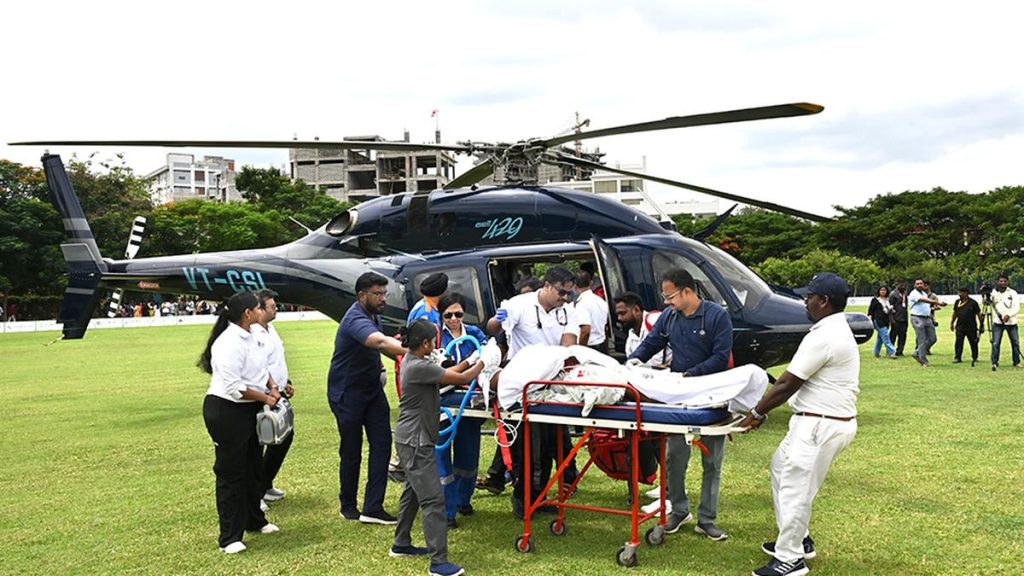Now Reading: Influenza Cases Surge in Ernakulam
-
01
Influenza Cases Surge in Ernakulam
Influenza Cases Surge in Ernakulam

Speedy Summary
- Ernakulam has recorded over 250 influenza cases in the past month, with 194 cases reported between July 1 and July 17.
- Two students from Union Christian College, Aluva, tested positive for H1N1 influenza as of July 18. Control measures have been initiated.
- Common strains identified include H1N1, H3N2, and Influenza B.
- A meaningful spike was noted on specific dates: 31 cases on July 8 and 32 cases on July 15. On July 8, a fever-related death of a twelve-year-old girl was reported; the exact cause is yet to be confirmed.
- Factors aiding virus spread include crowded indoor gatherings during Kerala’s monsoon season and humid weather that prolongs viral survival in the air.
- Symptoms of infection include cough, tiredness, fever, runny nose, body aches, sore throat, breathlessness, and wheezing; elderly individuals with co-morbidities are advised to take extra precautions.
- Dr. Rajeev Jayadevan from IMA Kerala highlighted preventive measures like wearing masks indoors and avoiding social visits at hospitals; he also mentioned flu vaccines as a protective tool against severe disease.
Indian Opinion Analysis
The sharp rise in influenza infections across Ernakulam highlights the seasonal challenges posed by monsoon weather conditions in Kerala such as increased indoor crowding and prolonged viral survival due to humidity levels. The identification of both common strains like H1N1 underscores how certain strains remain prevalent seasonally despite advancements in public health initiatives.
Dr. Rajeev Jayadevan’s guidance points to effective tools such as vaccination campaigns which could mitigate severe outcomes but might require better public awareness for widespread adoption among vulnerable groups like elders or those with co-morbidities.
Overall response strategies focusing on early diagnosis combined with antiviral treatments appear prudent alongside broader community practices such as masking indoors-an approach perhaps drawn from lessons learned during COVID protocols-which show adaptability based upon current threats affecting public health systems regionally.
For further details: read More























